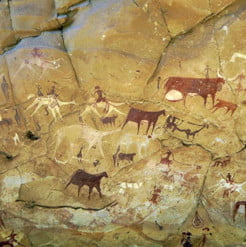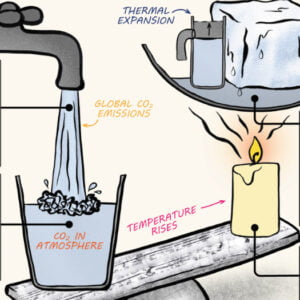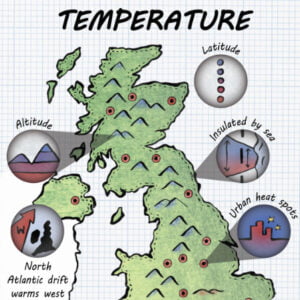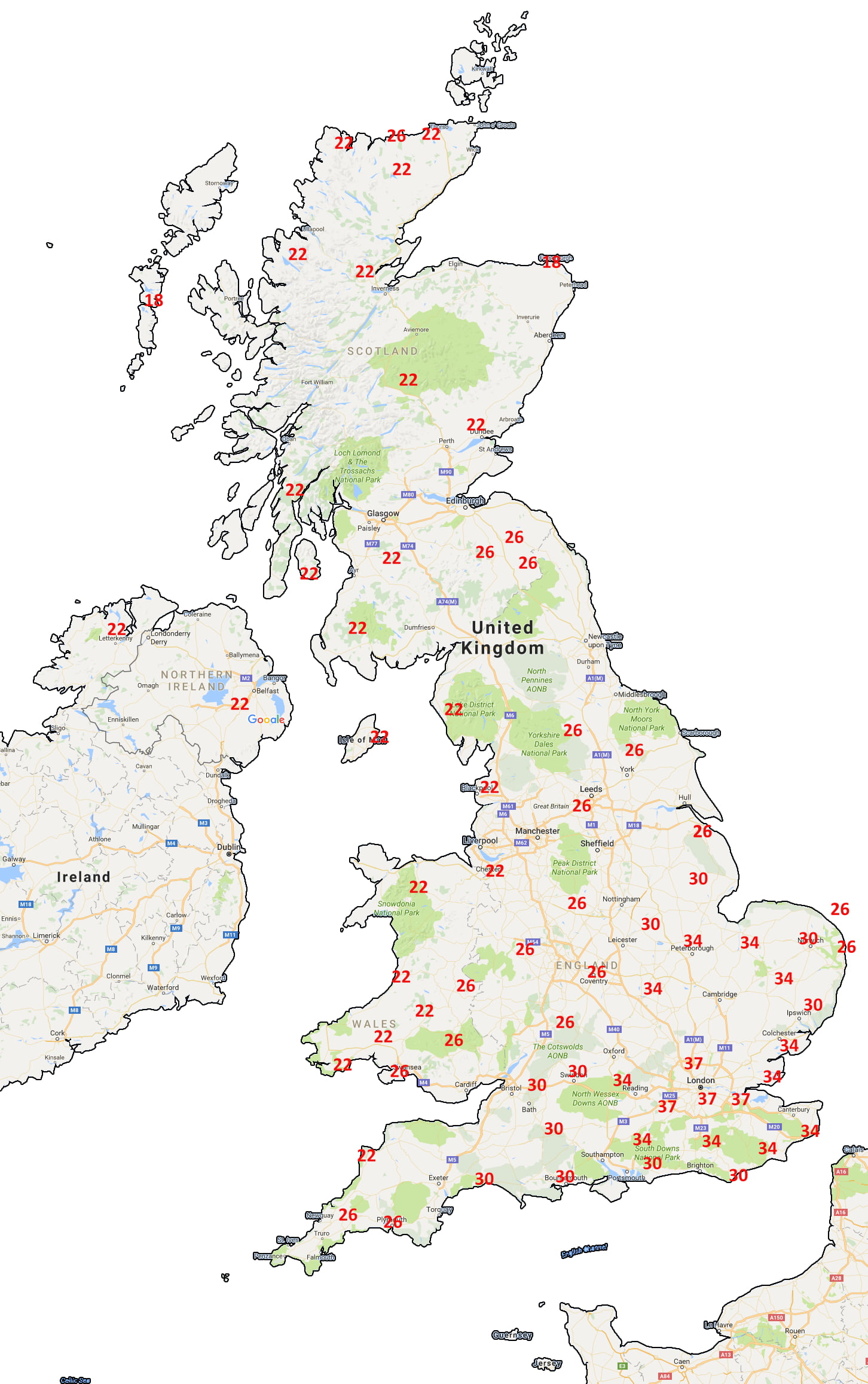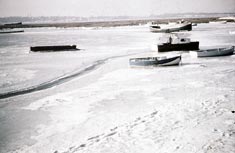Weather and Climate: a Teachers’ Guide
Pathway: Climate
Atmospheric and Oceanic Circulation – Climate Zones – Past Climate Change – Polar Climate
Lesson overview: In this lesson we investigate why polar climates are so extreme and how it can be too cold to snow in Antarctica.
The extremes of Polar weather – the lowest temperatures on Earth and little precipitation – vary significantly throughout the year. Antarctica has the harshest conditions, recording an annual mean low of nearly -60oC due to its elevation and distance from the sea. Low levels of precipitation define Polar regions as deserts and it can be too dry to snow. The effects of climate change are amplified in these regions through feedback mechanisms which in turn affect global climate.
Learning objectives:
-
To understand why it is cold in Polar regions.
-
To understand why our Polar regions are classified as deserts.
-
To be able to calculate mean temperature and total precipitation and interpret a climate graph
Key Teaching Resources
Polar Climate PowerPoint
Polar Climate PowerPoint (easier)
Polar Climate Worksheet
Polar Climate Worksheet (easier)
Beast from the East homework
Teacher CPD/ Extended Reading
Read
Polar Climate – More for Teachers
or Watch
Alternative or Extension Resources
Using GIS to investigate temperature extremes
Drawing polar climate graphs to look for evidence of climate change
Changing polar climate (advanced)
Impacts of polar climate change (advanced)
Comparing Arctic and global temperatures – data skills exercise – worksheet or Excel
